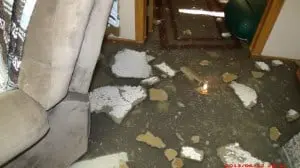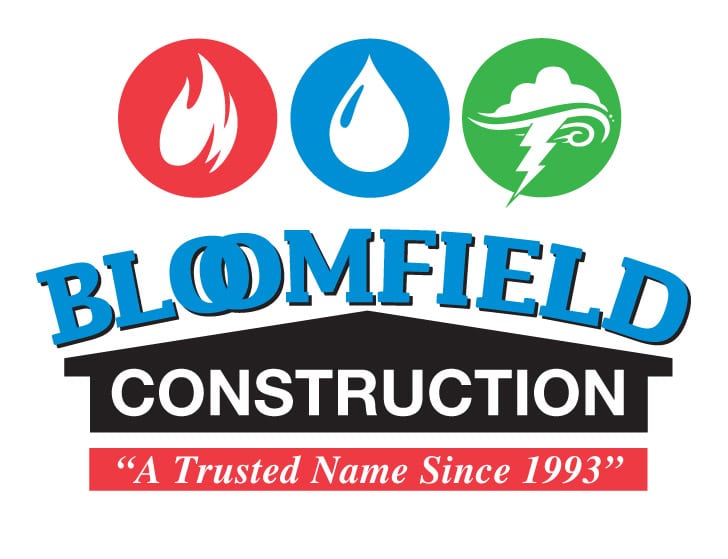
Whether you use your basement as additional living space, a catch-all for all your stuff or sanctuary during a storm, the last thing you want is to have it flood. A few simple steps can help prevent costly damage that often isn’t covered by your homeowner’s insurance.
- Install a sump pump and a back-up sump pump: A sump pump works like a large drain in your basement that pumps out the water that seeps in during a typical storm and from normal seepage. A portable pump should be placed in the lowest spot in your basement. Be sure to keep the well for your permanent, below-grade sump pump clean so debris doesn’t plug it and prevent it from keeping your basement dry. Your back-up sump pump should have battery back-up so that if the same storm that floods your basement knocks out your power, you’ll be prepared. Hooking it up to an auxiliary generator can serve the same purpose.
- Slope the landscaping away from the house: For rain, like most things, gravity rules. Make the landscape surrounding your home a gentle slope away from the foundation so gravity naturally leads it away from your foundation–and basement. A gentle slope will do, just enough so the water gets directed away from the house instead of toward it.
- Put your gutters and downspouts to work: Full gutters are essentially the same thing as no gutters. Cleaning them out is one of those easy-to-put-off tasks that should make it into your regular routine because it can save you a whole lot more work–and money–by preventing basement flooding. A dollar store pasta scoop (a plastic, long handled, slotted spoon with large teeth around the edge of the scoop) makes a great tool for the job. Check your downspouts also to make sure they are attached and directed far enough away from your foundation to be effective.
- Inspect your foundation: One of the most likely culprits leading to your minor basement flooding is cracks in your foundation. An occasional inspection will help prevent small problems from growing larger. Epoxy can be used to fill any outside foundation cracks, and masonry sealer can be used inside on the basement walls and floor. For anything more than minor cracks, you’ll need to hire a professional, like Bloomfield Construction, before the cracks become a more serious issue that can cause thousands of dollars in damage.
- Walk around your house and yard during a heavy rain: Rain water soaks in to the ground–and your basement–quickly. To gain a good understanding of why your basement floods, you’ll need to walk the circumference of your house while it’s raining so you can see how the water flows around your home and yard. Take pictures to remind yourself or to show your contractor exactly what is occurring, since getting him or her out there during a storm may be difficult.
The best way to deal with basement flooding is to prevent it, and the best way to prevent it is by inspecting and maintaining your home or property regularly. If, however, basement flooding does occur, contact Bloomfield Construction. Our team can remove water, repair the damage and ensure your home is protected from future problems.
Contact Us Today



